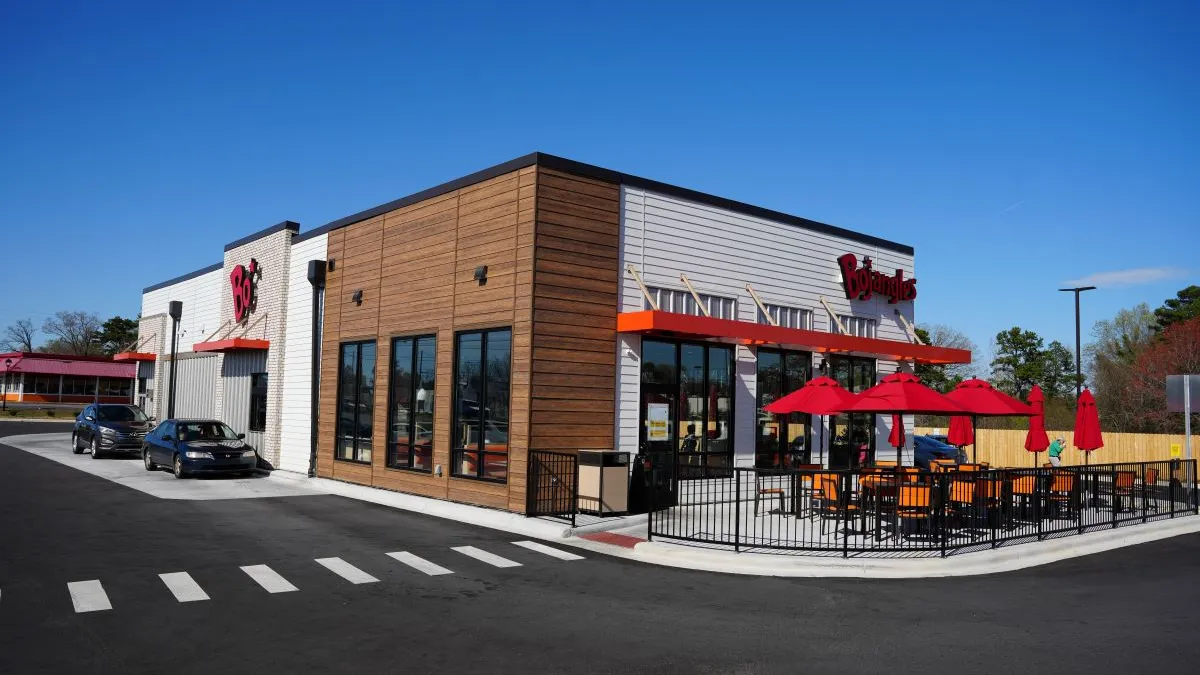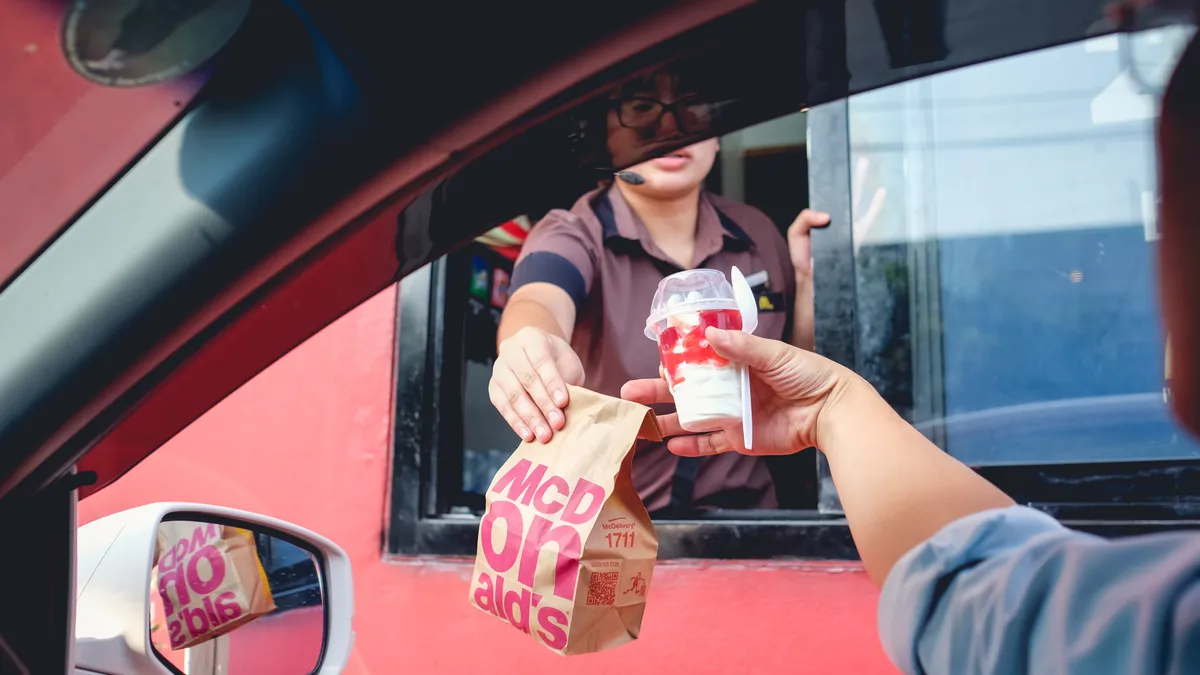The following is a guest post written by Eyal Shapira, Hi Auto CTO and co-founder.
Artificial intelligence-powered order-taking is rapidly becoming the new operational standard for drive-thrus. These advanced systems handle more than order capture: They manage upselling opportunities, maintain stringent speed targets, and integrate seamlessly into broader restaurant operations. For QSR brands managing hundreds and thousands of locations, the choice of AI voice strategy, either humanization or transparency, can make a dramatic difference in customer experience, operational efficiency, and brand perception.
The “Humanization” Approach
Humanizing AI interactions involves using natural-sounding voices, regional accents, or even celebrity personas to replicate the warmth of human interactions. This strategy enhances customer comfort and reinforces local or brand identity. Lee’s Famous Recipe Chicken adopted a voice reminiscent of local sports icon Keith Byars, amplifying community engagement. Wendy’s partnered with Google Cloud to develop “FreshAI,” a conversational AI system designed to deliver natural, engaging interactions at the drive-thru.
While humanization can create more personal, relatable guest interactions and strengthen brand identity, it also raises customer expectations. Any minor AI hiccups might trigger dissatisfaction or mistrust, potentially undermining the brand’s credibility.
The “Transparency” Approach
Brands emphasizing transparency design their AI interactions to be distinct from human ones, using voices that are slightly robotic, yet friendly and efficient. Bojangles, for instance, deployed an assistant named “Bo Linda,” which is intentionally crafted to sound like an AI, helping customers immediately recognize that they’re interacting with a system. Transparent AI builds trust through clarity and sets the right expectations, making guests more forgiving of occasional missteps while reinforcing the brand’s commitment to streamlined, honest communication.
However, transparency trades some of the emotional engagement and brand storytelling potential of human-like voices for clarity and consistency, an intentional choice that aligns with operational priorities and guest expectations.
Voice Strategy as a Performance Multiplier
Choosing the right voice strategy isn’t solely an aesthetic choice; it directly influences operational performance. Voice tone significantly impacts both throughput and customer perception. But tone isn’t the only variable that matters. Speed of speech also plays a measurable role. For example, Hi Auto has found that when the AI speaks slightly faster — almost like a fast-forward effect — customers tend to respond more quickly, reducing overall ordering time and improving flow-through efficiency. These subtleties in tone and pacing can add up to major gains across hundreds or thousands of locations.
Strategically Selecting the Best Approach
CIOs, CTOs and digital leaders at large QSR chains should align voice strategy closely with brand positioning, emphasizing either approachability and familiarity, or clarity and consistency. Analyzing customer demographic preferences and operational data is critical when making this decision. Brands should clearly define whether customer experiences should lean into a clearly automated experience or aim for a human-like interaction. Continuous testing, measurement, and adaptation based on guest feedback are essential to refining this approach.
Final Insight
Whether your brand favors humanization or transparency, your AI voice strategy significantly influences operational metrics, customer satisfaction and brand strength. Beyond tone alone, voice can also serve as a strategic asset — adjusting tone by daypart, customizing voices across dual lanes, or even personalizing interactions for repeat guests can deepen engagement and differentiate the brand. Leaders who thoughtfully align their AI interactions with clear guest expectations and brand identity will drive superior performance and loyalty.











